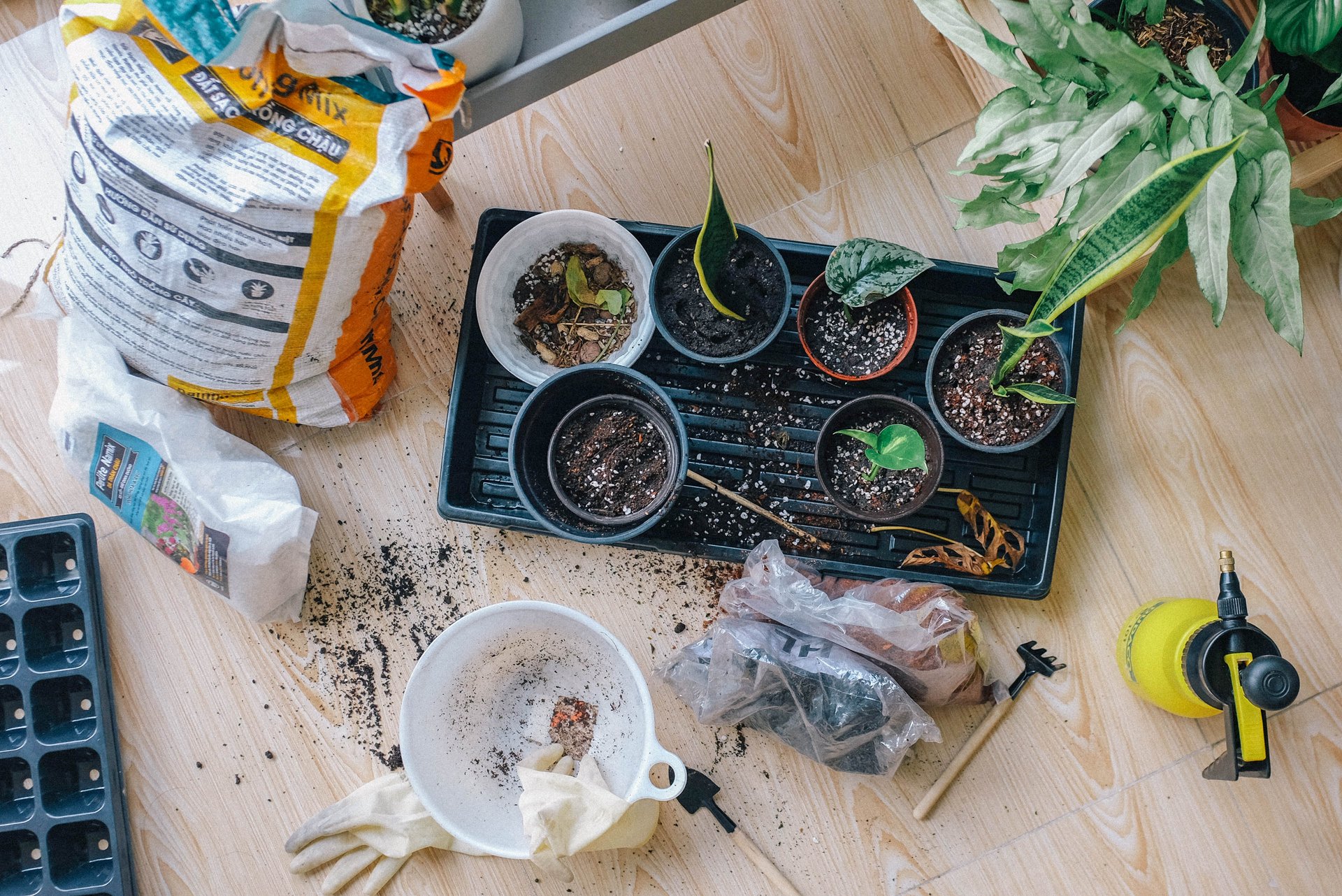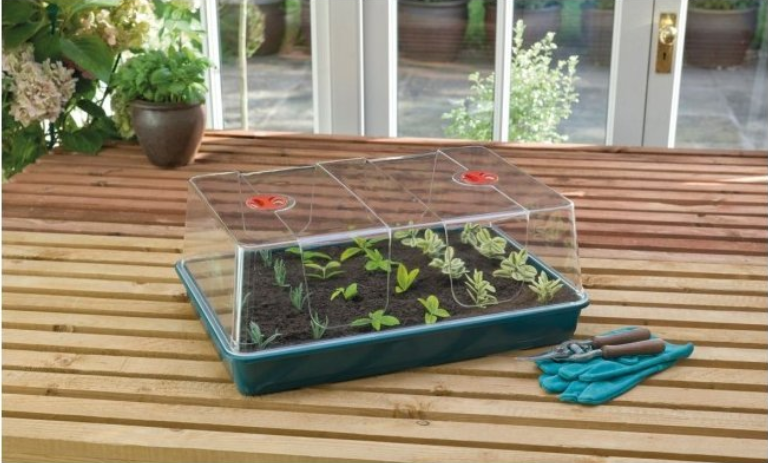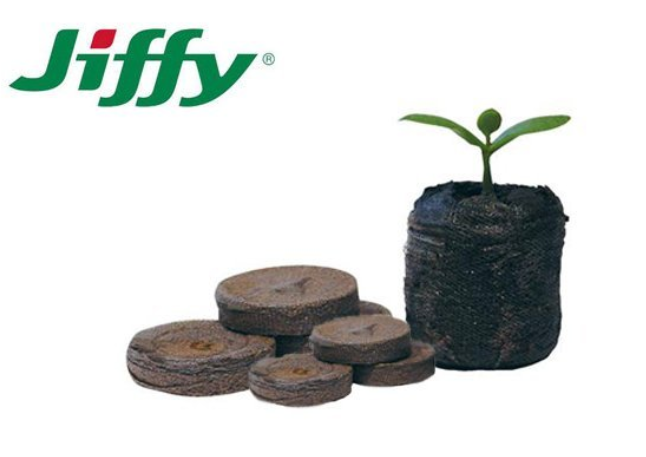How to propagate plants easily?
Spring may be ideal for sowing and propagation, but summer is not too late either. Would you like to cultivate radishes, lettuce or spinach? Or do you need to multiply your houseplants? We’ll show you how to be successful in any season using growth stimulators, a suitable substrate and a propagator.

One of the easiest ways to multiply plants is cutting. Cut off the top offshoot of the mother plant (an established, mature plant) using a sharp, clean knife or scalpel. Cutting off the top won’t hurt the mother plant, and the cutting itself will root in several weeks. To make it root faster, you can use a rooting stimulator. Remove the leaves from the bottom part of the cutting (the lower 2-4cm) and dip the stem into the stimulator. Then you can plant the cutting, but be careful not to rub the stimulator off. The new young plant will root in no time. Another option is using a special fertiliser for young plants and cuttings. It has a unique composition of nutrients, which won’t burn the plant while supporting growth and root system development.
Another factor in successful multiplication is the substrate. In the case of cuttings, a slightly pre-fertilised mix with perlite is one of the best options. These substrates contain very few nutrients, and you will need to add fertiliser after the first week or so. Another way is using propagation plugs or seeding cubes like these by Grodan or Jiffy. Their main advantage is how easy they are to use. Growers also praise their superb aeration and water retention. The Jiffy tablets are also very easy to store and transport, as the pressed mix of peat and coco coir only weighs a few grams before rehydration. Plugs and cubes also help you avoid problems with repotting because the roots will simply grow through them, so you can bury the whole tablet into the substrate without worrying about damaging the roots.
The last way of supporting seed germination or rooting is using a propagator box or a small greenhouse. You can get a basic one, which is only a tray and a lid to keep the heat and moisture in, or you can create specific temperature conditions using a thermostat-controlled professional propagator with a heating mat. No matter which one you choose, we recommend placing the propagator on a windowsill without direct sunlight to avoid overheating problems.
Professionals also use a small grow tent to propagate their plants in a completely controlled climate. Grow tents need artificial lighting for the plants to grow at all - we highly recommend getting a specialised LED light for it because of their effectiveness and low consumption.

We recommend:
More articles:
- How to choose and equip a propagator?
- Full-Spectrum Supplemental Light: Lumatek BAR 2,9 100W
- SHOGUN: UK's best fertilisers with an emphasis on research
If any questions popped into your mind while reading this article, don't hesitate to contact us at info@higarden.eu.

